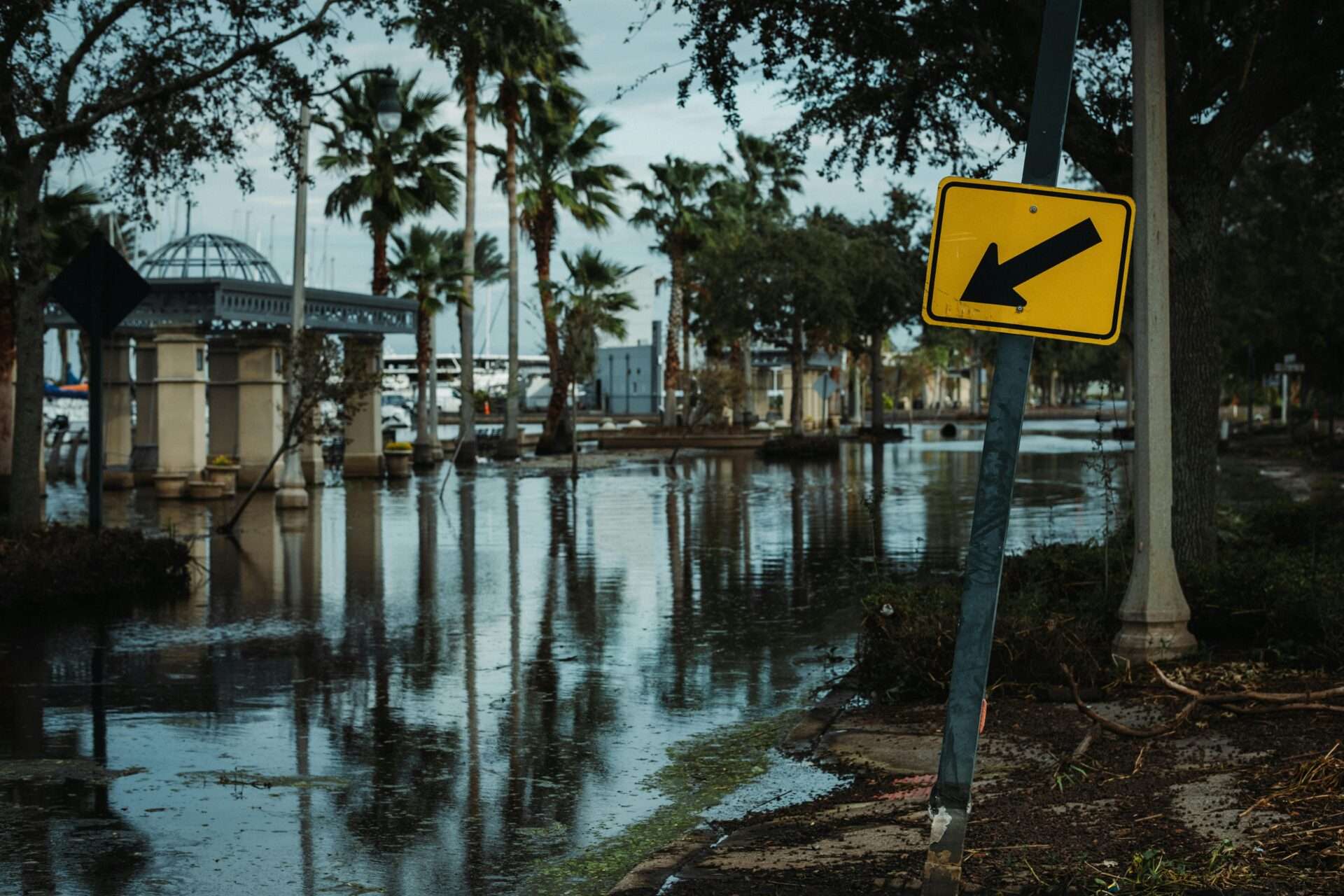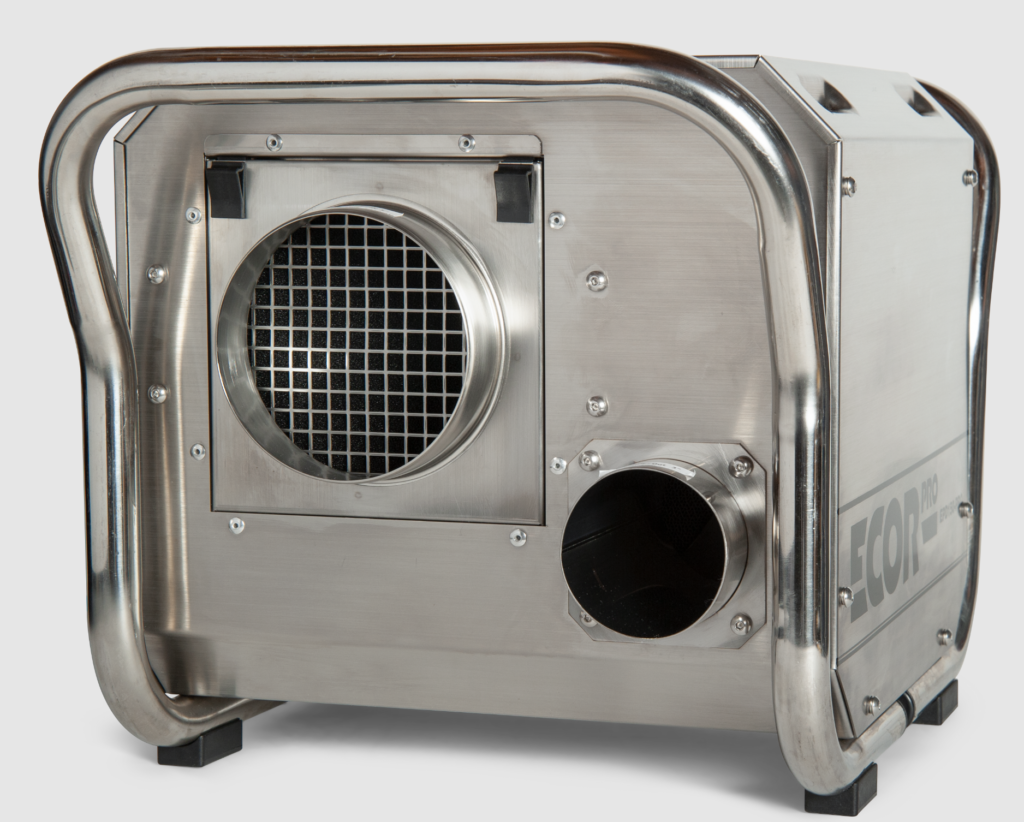
How To Dry Your Home After A Flood: Tips And Tools
How To Dry Your Home After A Flood: Tips And Tools
By: Brothers Equipment & Supply
Flooding can be a stressful experience for homeowners, and quick action is essential to prevent further damage and reduce health risks.
Drying out a flooded home requires more than just water removal—it involves proper drying techniques, tools, and precautions to protect both the property and the health of its occupants.
This article provides a detailed guide on how to dry your home after a flood, using effective tools and tips to ensure a thorough recovery process.
Let’s get right into it!
Understanding The Importance Of Drying Your Home Quickly
Why Quick Drying Is Essential To Dry Your Home After A Flood
After a flood, rapid drying is critical to prevent secondary damage like mould growth, which can begin within 24 to 48 hours of exposure to moisture. Prolonged dampness can weaken structural materials such as drywall and wood, potentially leading to costly repairs.
According to Public Safety Canada, water damage from flooding is one of the leading causes of property insurance claims, highlighting the importance of swift action to minimize damage and expenses.
Potential Health Risks From Standing Water
Standing water is a breeding ground for bacteria, mould, and other contaminants, which can pose health risks. The Canadian Centre for Occupational Health and Safety warns that floodwater can carry bacteria and viruses that may cause respiratory infections, skin irritations, and gastrointestinal issues.
Proper drying not only preserves the home’s structure but also ensures that the air quality remains safe for residents.
Essential First Steps For Drying Out A Flooded Home
Ensuring Personal And Electrical Safety
Safety should always come first when entering a flooded home. Turn off the power supply at the main breaker to avoid electrical hazards, and wear protective gear, such as gloves, rubber boots, and masks, to protect against contaminants.
If water levels have reached electrical outlets or wiring, it’s best to consult a professional before proceeding with cleanup.
Removing Standing Water
The next priority is to remove standing water, which can be done using a wet/dry vacuum or a pump, depending on the volume of water. Submersible pumps are effective for larger amounts of water, while wet vacuums can handle smaller areas. Be sure to use equipment rated for water extraction to avoid damage.
Prioritizing Water-Absorbing Materials
Certain materials, like carpets, rugs, drywall, and upholstery, absorb water quickly and should be addressed promptly. In most cases, wet carpets and rugs will need to be removed, as they can trap moisture and create an environment conducive to mould growth.
For drywall, cut out and dispose of any waterlogged sections, as damp drywall can easily harbour mould.
Effective Tools For Drying And Dehumidifying
High-Capacity Dehumidifiers
High-capacity dehumidifiers are essential tools for removing moisture from the air. Industrial dehumidifiers can remove up to 70 litres of water daily, making them ideal for large areas.
Dehumidifiers reduce humidity levels, preventing mould and mildew from forming on walls and floors. Maintaining indoor humidity below 50% is recommended by Health Canada to reduce the likelihood of mould growth.

Air Movers And Fans
Air movers and fans enhance airflow, helping moisture evaporate from wet surfaces more quickly. Place fans near walls, flooring, and damp areas to circulate air effectively. While household fans can help, professional-grade air movers are more powerful and designed specifically for drying out large, wet spaces.
Desiccants And Moisture Absorbers
Desiccants, such as silica gel, are effective for absorbing moisture in hard-to-reach areas, like inside walls or small crevices. While desiccants are not a replacement for dehumidifiers, they can supplement the drying process in areas where large equipment may not be effective.
Humidity And Moisture Meters
Monitoring humidity levels is essential to determine when a space is dry enough. Moisture meters measure the moisture content in walls, floors, and other surfaces, while humidity meters track the air’s moisture levels. Ensuring thorough drying can prevent hidden dampness, which may lead to future problems.
Steps To Take After Initial Water Removal

Thoroughly Drying Walls And Floors
Drying walls and floors can be challenging, especially if they’re made of absorbent materials like wood or drywall. For drywall, cut away any damp sections, as they can harbour mould even after drying.
Wooden floors should be dried slowly to prevent warping; using fans and dehumidifiers is generally sufficient, but it’s essential to monitor moisture levels to ensure thorough drying.
Preventing Mould And Mildew Growth
After removing the water, disinfect all surfaces to prevent mould and mildew growth. A mixture of bleach and water can kill mould spores, but be cautious and wear protective gear when applying it.
Mould inhibitors, available at hardware stores, can also be used as an added measure against future growth.
Addressing Odours And Air Quality
Flooded homes often develop musty odours due to mould and bacteria. Use HEPA air filters to improve air quality by capturing airborne mould spores, dust, and other particles.
Odour-neutralizing products, such as activated charcoal, can help remove unpleasant smells, restoring fresher air quality to the space.
Long-Term Prevention Tips To Protect Your Home From Future Floods
Installing A Sump Pump
A sump pump helps prevent basement flooding by collecting and directing water away from your home’s foundation.
Many Canadian homes are now equipped with sump pumps as part of flood prevention strategies. Regular maintenance, such as testing the pump and checking the power supply, ensures it’s ready for action in case of future flooding.
Using Waterproofing And Sealants
Waterproof coatings for walls and floors create a barrier that prevents water from penetrating the home’s foundation. Applying waterproof sealants is a proactive measure that reduces the risk of water damage and can be especially beneficial for older homes with less water-resistant construction materials.
Maintaining Gutters And Downspouts
Keeping gutters and downspouts clear of debris is essential for diverting rainwater away from the home. Regular cleaning, especially during fall when leaves accumulate, prevents clogging that could lead to water pooling near the foundation.
Installing gutter guards can help reduce the frequency of maintenance by keeping out larger debris.
When To Call Professionals For Drying And Restoration
Knowing When You Need Help
In cases of severe flooding or if water has been standing for more than a day, it’s advisable to call in professionals.
Persistent dampness, widespread mould, or odours that won’t go away are signs that professional equipment and expertise may be needed to fully dry and restore the space.
Benefits Of Professional Drying Services
Restoration professionals have specialized equipment, such as high-capacity dehumidifiers, air scrubbers, and infrared cameras, to detect hidden moisture.
They can ensure thorough drying and sanitization, reducing health risks and preventing long-term structural damage. Many insurance policies in Canada cover professional drying services, so check with your provider for coverage options.
FAQ
How Long Does It Take To Dry Your Home After a Flood?
Drying times vary depending on the extent of flooding, but it can take anywhere from a few days to a few weeks for a home to dry completely. Industrial dehumidifiers and air movers can speed up the process.
What Are The Health Risks Of Not Drying A Home Properly?
Improperly dried homes can lead to mould growth, which causes respiratory issues, allergies, and, in severe cases, infections. Additionally, damp conditions can harbour bacteria and viruses.
Can I Use Household Fans To Dry Out My Home?
While household fans help, they are not as powerful as industrial air movers. Using professional-grade equipment is recommended for quicker and more thorough drying in flood situations.
What Type Of Dehumidifier Is Best For Flood Recovery?
High-capacity, commercial-grade dehumidifiers are best for flood recovery, as they can handle large areas and extract significant amounts of moisture.
How Soon Can Mould Start Growing After A Flood?
Mould can begin growing within 24 to 48 hours in damp conditions, so it’s essential to start the drying process as soon as possible.
What Should I Do If Water Seeps Into My Walls?
If water has seeped into walls, cut out any damp drywall and use fans and dehumidifiers to dry the area. Moisture meters can help confirm when the area is completely dry.
Is It Safe To Stay In My Home During The Drying Process?
It may be safe to stay if only minor flooding occurred. However, if extensive water and contaminants are present, consider staying elsewhere until professional cleanup is complete.
Can Flood Odours Be Removed Completely?
Yes, odours from flooding can be removed with thorough drying, cleaning, and the use of odour-neutralizing products. HEPA filters also help improve air quality.
Should I Remove Wet Carpet Or Try To Dry It In Place?
Wet carpets should generally be removed, as they retain moisture and can lead to mould growth. In some cases, drying in place may be possible, but professional assessment is advised.
Does Home Insurance Cover The Cost Of Drying After A Flood?
Many home insurance policies cover water damage from sudden flooding events, but coverage can vary. It’s best to review your policy or consult with your provider for details.
Conclusion
It is essential to dry your home after a flood to prevent damage, mould, and health risks. By following proper steps, using effective tools, and knowing when to call in professionals, you can safeguard your home from further harm.
Acting quickly and thoroughly ensures that your home returns to a safe, dry, and comfortable state. When faced with flooding, remember that each action you take helps protect your home and the well-being of everyone inside.
If you have any questions about our article “How To Dry Your Home After A Flood: Tips And Tools” contact us at sales@brothers-equipment.com or connect with us on social media.
